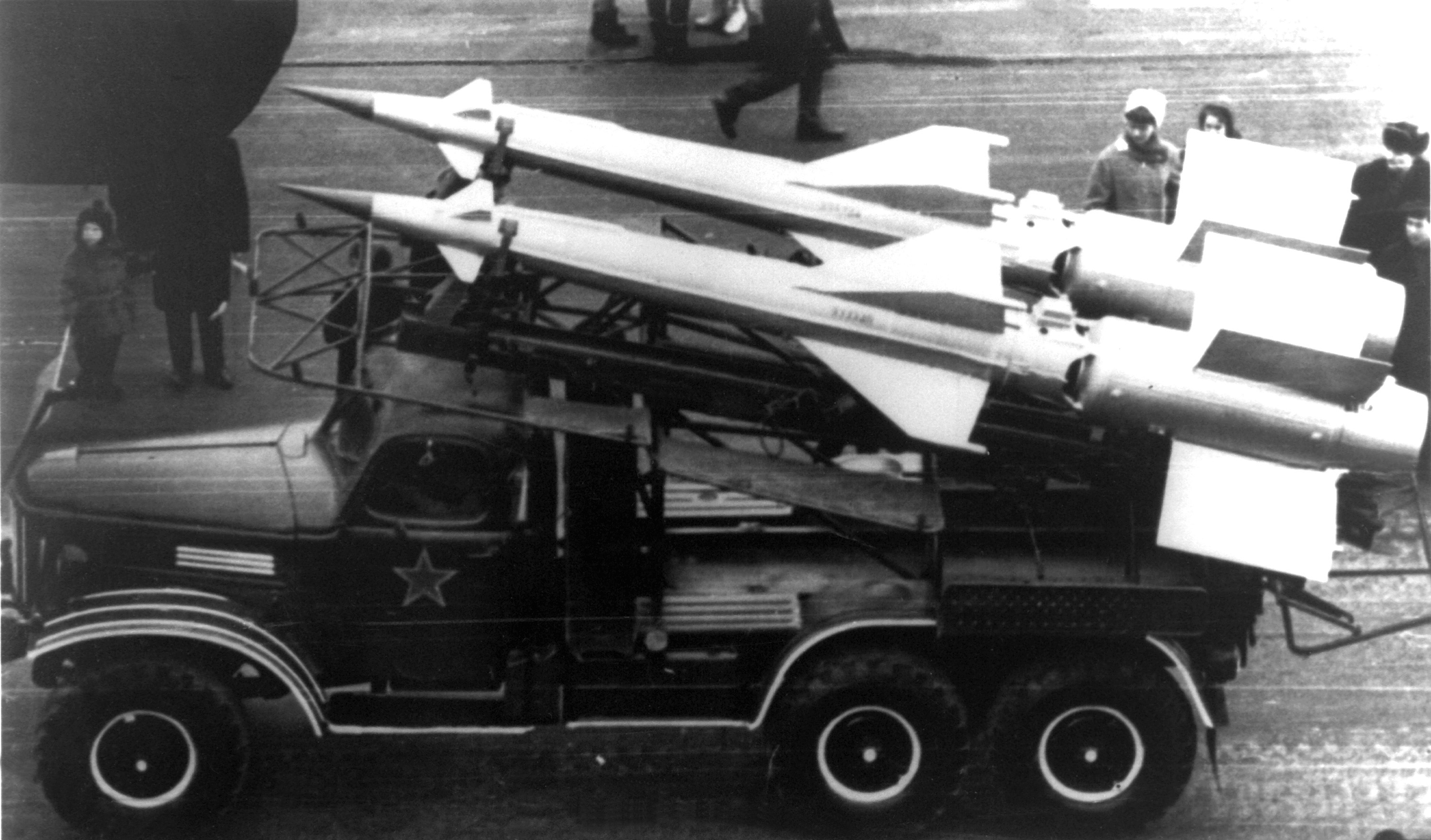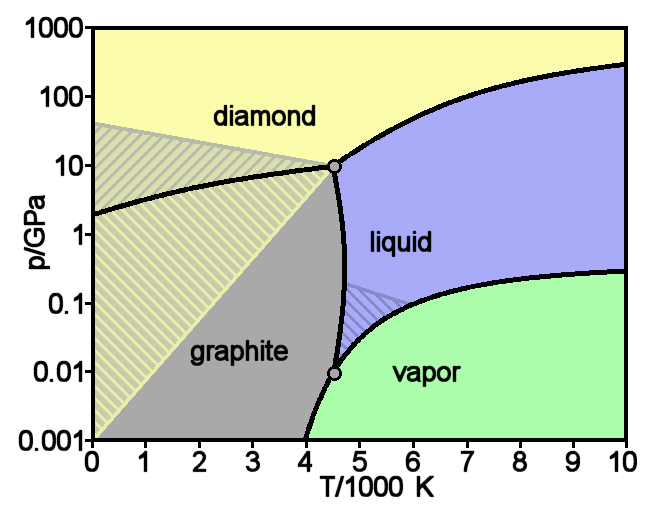|
Military Museum, Belgrade
The Military Museum () is a museum located in Belgrade, Serbia. Founded in 1878, the museum has over 3,000 ancient and modern items. These include Roman swords and helmets, Greek helmets and daggers, Serbian heavy knight's armor, axes, shields, helmets, crossbows, armoured gloves, as well as Western medieval weapons. There are also more modern guns, firearms, and elements of soldier's uniforms and equipment. Dioramas, plaques, and displays illustrate the use and historical context of the museum's collection. Inside the museum's main building, the exhibits are found in a single long hall progressing from ancient through medieval and then towards modern. All exhibits are labeled in the Serbian Language in both Cyrillic and Latin, as well as English. Outside the museum's main building, there are numerous tanks, howitzers, and armoured cars of many types. Some were acquired during World War II, when they were captured by the Red Army and Yugoslav Partisans from retreating Nazi and Ax ... [...More Info...] [...Related Items...] OR: [Wikipedia] [Google] [Baidu] |
Kalemegdan
The Kalemegdan Park (), or simply Kalemegdan ( sr-Cyrl, Калемегдан) is the largest park and the most important historical monument in Belgrade. It is located on a cliff, at the junction of the River Sava and the Danube. Kalemegdan Park, split in two as the Kalemegdan Park#Great Kalemegdan Park, Great and Kalemegdan Park#Little Kalemegdan Park, Little Parks, was developed in the area that once was the town field within the Belgrade Fortress. Today residents often erroneously refer to the entire fortress as the Kalemegdan Fortress or just Kalemegdan, even though the park occupies the smaller part, especially of the historical fortress, and it is some two millennia younger. The fortress, including the Kalemegdan, represents a cultural monument of exceptional importance (from 1979), the area where various sport, cultural and arts events take place, for all generations of Belgraders and numerous visitors of the city. History Pre-park history The name is formed from t ... [...More Info...] [...Related Items...] OR: [Wikipedia] [Google] [Baidu] |
L3/35
The L3/35, also known as the Carro Veloce CV-35, was an Italian tankette that saw combat before and during World War II. It was one of the smallest tanks that faced combat. Although designated a light tank by the Italian Army, its turretless configuration, weight and firepower make it closer to contemporary tankettes. It was the most numerous Italian armoured fighting vehicle and saw service almost everywhere the Italians fought in the Second World War but proved inadequate for modern warfare, having too thin armour and weak armament of only machine guns. It was cheaply produced but because of its light armaments and armour it was reserved to mostly colonial, policing, reconnaissance, and supply duties. However, given its low production costs, proved to be efficient in the Second Italo-Abyssinian War, Spanish Civil War and the Greco-Italian War where it provided reliable support to Italian infantry and disrupted enemy lines. Development The L3/35 was developed from the Carden Lo ... [...More Info...] [...Related Items...] OR: [Wikipedia] [Google] [Baidu] |
Kalemegdan Park
The Kalemegdan Park (), or simply Kalemegdan ( sr-Cyrl, Калемегдан) is the largest park and the most important historical monument in Belgrade. It is located on a cliff, at the junction of the River Sava and the Danube. Kalemegdan Park, split in two as the Kalemegdan Park#Great Kalemegdan Park, Great and Kalemegdan Park#Little Kalemegdan Park, Little Parks, was developed in the area that once was the town field within the Belgrade Fortress. Today residents often erroneously refer to the entire fortress as the Kalemegdan Fortress or just Kalemegdan, even though the park occupies the smaller part, especially of the historical fortress, and it is some two millennia younger. The fortress, including the Kalemegdan, represents a cultural monument of exceptional importance (from 1979), the area where various sport, cultural and arts events take place, for all generations of Belgraders and numerous visitors of the city. History Pre-park history The name is formed from t ... [...More Info...] [...Related Items...] OR: [Wikipedia] [Google] [Baidu] |
Danube
The Danube ( ; see also #Names and etymology, other names) is the List of rivers of Europe#Longest rivers, second-longest river in Europe, after the Volga in Russia. It flows through Central and Southeastern Europe, from the Black Forest south into the Black Sea. A large and historically important river, it was once a frontier of the Roman Empire. In the 21st century, it connects ten European countries, running through their territories or marking a border. Originating in Germany, the Danube flows southeast for , passing through or bordering Austria, Slovakia, Hungary, Croatia, Serbia, Romania, Bulgaria, Moldova, and Ukraine. Among the many List of cities and towns on the river Danube, cities on the river are four national capitals: Vienna, Bratislava, Budapest, and Belgrade. Its drainage basin amounts to and extends into nine more countries. The Danube's longest headstream, the Breg (river), Breg, rises in Furtwangen im Schwarzwald, while the river carries its name from its ... [...More Info...] [...Related Items...] OR: [Wikipedia] [Google] [Baidu] |
Sava
The Sava, is a river in Central Europe, Central and Southeast Europe, a right-bank and the longest tributary of the Danube. From its source in Slovenia it flows through Croatia and along its border with Bosnia and Herzegovina, and finally reaches Serbia, feeding into the Danube in its capital, Belgrade. The Sava is long, including the Sava Dolinka headwater rising in Zelenci, Slovenia. It is the largest List of tributaries of the Danube, tributary of the Danube by volume of water, and the second-largest after the Tisza in terms of catchment area () and length. It drains a significant portion of the Dinaric Alps region, through the major tributaries of Drina, Bosna (river), Bosna, Kupa, Una (Sava), Una, Vrbas (river), Vrbas, Lonja, Kolubara, Bosut (river), Bosut and Krka (Sava), Krka. The Sava is one of the longest rivers in Europe and among the longest tributaries of another river. The population in the Sava River basin is estimated at 8,176,000, and is shared by three capit ... [...More Info...] [...Related Items...] OR: [Wikipedia] [Google] [Baidu] |
Belgrade Fortress
The Belgrade Fortress ( sr-Cyrl, Београдска тврђава, Beogradska tvrđava, Hungarian: Nándorfehérvár), consists of the old citadel (Upper and Lower Town) and Kalemegdan Park (Large and Little Kalemegdan) on the confluence of the Sava and Danube rivers, in an urban area of modern Belgrade, Serbia. Located in Belgrade's municipality of Stari Grad, the fortress constitutes the specific historical core of the city. As one of the most important representatives of Belgrade's cultural heritage, it was originally protected right after World War II, among the first officially declared cultural monuments in Serbia. The fortress was declared a Monument of Culture of Exceptional Importance in 1979, and is protected by the Republic of Serbia. It is the most visited tourist attraction in Belgrade, with Skadarlija being the second. Since the admission is free, it is estimated that the total number of visitors (foreign, domestic, citizens of Belgrade) is over 2 million yearly ... [...More Info...] [...Related Items...] OR: [Wikipedia] [Google] [Baidu] |
S-125 Neva/Pechora
The S-125 ''Neva/Pechora'' (, NATO reporting name SA-3 ''Goa'') is a Soviet surface-to-air missile system that was designed by Aleksei Isaev to complement the S-25 Berkut, S-25 and S-75 Dvina, S-75. It has a shorter effective range and lower engagement altitude than either of its predecessors and also flies slower, but due to its two-stage design it is more effective against more maneuverable targets. It is also able to engage lower flying targets than the previous systems, and being more modern it is much more resistant to electronic countermeasures, ECM than the S-75. The 5V24 (V-600) missiles reach around Mach number, Mach 3 to 3.5 in flight, both stages powered by Rocket propellant#Solid chemical propellants, solid fuel rocket motors. The S-125, like the S-75 Dvina, S-75, uses radio command guidance. The naval version of this system has the NATO reporting name SA-N-1 Goa and original designation M-1 Volna (Russian Волна – ''wave''). Operational history Soviet Union Th ... [...More Info...] [...Related Items...] OR: [Wikipedia] [Google] [Baidu] |
Military Of Serbia
The Serbian Armed Forces () is the military of Serbia. The President of the Republic acts as commander-in-chief of the armed forces, while administration and defence policy is carried out by the Government through the Ministry of Defence. The highest operational authority, in-charge of the deployment and preparation of the armed forces in peace and war, is the General Staff. Military service is voluntary, though conscription may occur in wartime. Serbia is ranked 63 out of 145 countries considered for the annual GFP review. The Serbian Armed Forces consists of two branches: Serbian Army and Serbian Air Force and Air Defence. History Serbia has a long military tradition dating to early medieval period. The modern Serbian military dates back to the Serbian Revolution which started in 1804 with the First Serbian Uprising against the Ottoman occupation of Serbia. The victories in the battles of Ivankovac (1805), Mišar (August 1806), Deligrad (December 1806) and Belgrad ... [...More Info...] [...Related Items...] OR: [Wikipedia] [Google] [Baidu] |
1999 F-117A Shootdown
On 27 March 1999, during the NATO bombing of Yugoslavia amid the Kosovo War, a Yugoslav Army unit shot down a Lockheed F-117 Nighthawk stealth ground attack aircraft of the United States Air Force by firing a S-125 Neva/Pechora surface-to-air missile. It was the first ever shootdown of a stealth technology airplane. The pilot ejected safely and was rescued by U.S. Air Force Pararescuemen conducting search and rescue. The F-117, which entered service with the U.S. Air Force in 1983, was cutting-edge equipment, and the first operational aircraft to be designed using stealth technology; by comparison, the Yugoslav air defenses were considered relatively obsolete. Downing On 27 March 1999, the 3rd Battalion of the 250th Air Defense Missile Brigade of the Army of Yugoslavia, under the command of Lt. Colonel (later Colonel) Zoltán Dani, downed F-117 Air Force serial number ''82-0806'', callsign "Vega 31". The Army of Yugoslavia unit was equipped with a Yugoslav version of the ... [...More Info...] [...Related Items...] OR: [Wikipedia] [Google] [Baidu] |
F-117
The Lockheed F-117 Nighthawk is an officially retired American single-seat, subsonic, Twinjet, twin-engined, stealth aircraft, stealth attack aircraft developed by Lockheed Corporation, Lockheed's secretive Skunk Works division and operated by the United States Air Force (USAF). It was the first operational aircraft to be designed with stealth technology. Work on what would become the F-117 commenced in the 1970s as a means of countering increasingly sophisticated Soviet surface-to-air missiles (SAMs). During 1976, the Defense Advanced Research Projects Agency (DARPA) issued Lockheed a contract to produce the ''Lockheed Have Blue, Have Blue'' technology demonstrator, the test data from which validated the concept. On 1 November 1978, Lockheed decided to proceed with the F-117 development program. Five prototypes were produced; the first of which performed its maiden flight in 1981 at Groom Lake, Nevada. The first production F-117 was delivered in 1982, and its initial operat ... [...More Info...] [...Related Items...] OR: [Wikipedia] [Google] [Baidu] |
Graphite Bomb
Graphite () is a crystalline allotrope (form) of the element carbon. It consists of many stacked layers of graphene, typically in excess of hundreds of layers. Graphite occurs naturally and is the most stable form of carbon under standard conditions. Synthetic and natural graphite are consumed on a large scale (1.3million metric tons per year in 2022) for uses in many critical industries including refractories (50%), lithium-ion batteries (18%), foundries (10%), and lubricants (5%), among others (17%). Graphite converts to diamond under extremely high pressure and temperature. Graphite's low cost, thermal and chemical inertness and characteristic conductivity of heat and electricity finds numerous applications in high energy and high temperature processes. Types and varieties Graphite can occur naturally or be produced synthetically. Natural graphite is obtained from naturally occurring geologic deposits and synthetic graphite is produced through human activity. Natura ... [...More Info...] [...Related Items...] OR: [Wikipedia] [Google] [Baidu] |







